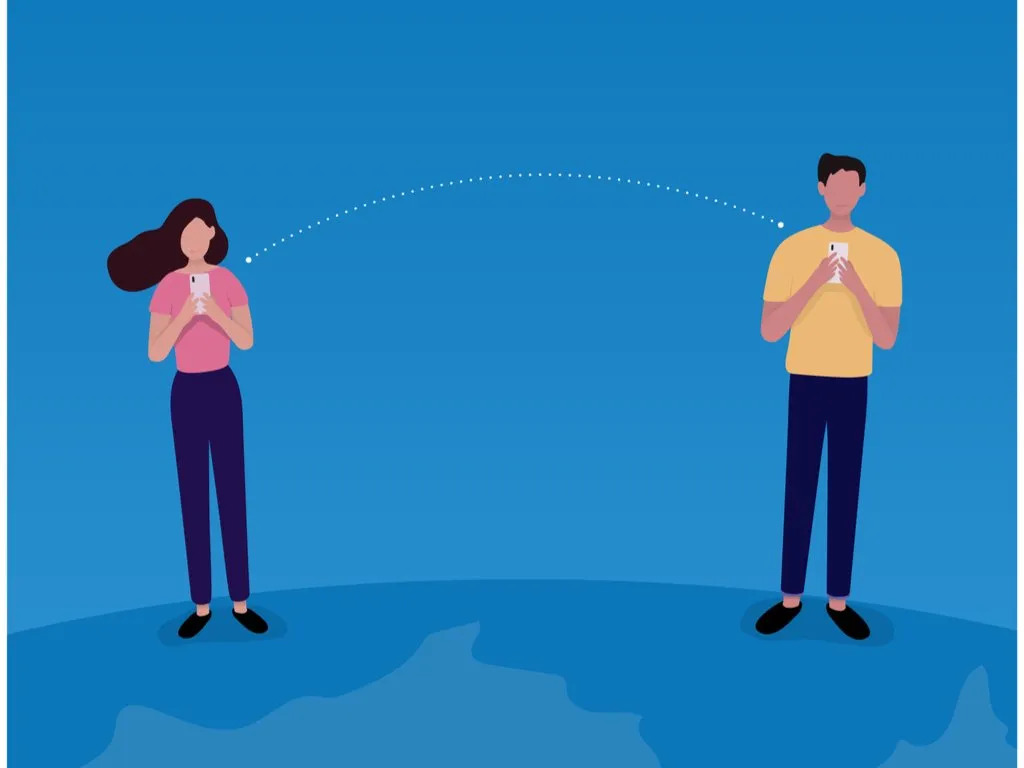BLOG
Tips For Remote Hiring

The pitfalls, risks and opportunities of remote hiring.
What are the biggest challenges when hiring remotely?
There are two obvious ones;
Practicality – the tools you need and the way that you hire.
Communication – not just from company to candidate but also internally amongst stakeholders.
It might come as a surprise but the person with the biggest concern about remote hiring is likely to be the candidate. Without the ability to sell your company, the culture and the environment in person, how can you convince someone to join your business?
Certainly in the tech space, we’re still in a candidate driven market, this makes the sell to the candidate extremely important. Are you sending out the right message? The challenge of selling your business is even more difficult in a remote setting as we don’t have as much insight into how other people are feeling, we have to be authentic to engage.
It can be tough to get across your true personality over video, even down to the lack of body language.
How do we form that human connection?
In the vast majority of cases, candidates will choose their job based on the people they’ll work with or the manager they’ll be working alongside. So how do you go about forming that human connection?
It’s important to craft time to have informal moments, even if that’s kids walking into the room during the interview and laughing about it rather than being embarrassed.
Start off interviews as you would in person, ask about how their day is going before you start asking about their experience.
Be more ‘human’ and over extend on what you’d normally do.
Is there a benefit of remote hiring?
Could removing the face to face element also remote a large amount of unconscious bias? If you don’t get to know the individual ono a personal as much, could this be a good thing and result in the best person getting the job rather than the person you connect with most?
Some of the obstacles you may come up against;
- It’s tough to create personal moments.
- The process can become too manufactured.
- You may end up over indexing on data and could start making decisions in an algorithmic fashion.
- You may start using skill assessments as a veto rather than an indicator
Will companies start to raise their standards to over compensate for the lack of a face to face meeting and being unsure of the remote hiring process? Hiring remotely can make managers feel uneasy.
How much time do you need to spend with someone virtually to know if there’s a fit?
Candidates enjoy the process of meeting multiple people, especially those that they may not be working with on a day to day basis. Face to face is more social, getting to see different types of people and different departments.
How do you replicate this experience remotely?
If candidates would normally meet someone from reception or a recruitment co-ordinator upon arrival at their interview then keep this process in place.
Leverage the customer service expertise of your recruitment team, they will help to maintain the high level of candidate experience that you would normally offer in person.
Start the video interview with the recruitment co-ordinator and the candidate. They can help the candidate ensure their tech and equipment is working, that they have a drink to hand and to help settle any nerves, just as you would in a face to face interview.
Aim to keep the overall candidate experience the same, or perhaps even improve it.
As side note, how the candidate interacts and treats the recruitment coordinator, receptionist or office manager is also an interesting gauge to their personality.
How do you start the process of remote hiring?
There are already companies that have mastered this process, look at them for inspiration, e.g. Aula Education
Make sure that candidates can see your remote hiring process online, make it clear and visible.
Do you know your own culture well enough to be able to communicate it virtually? If not, then how can you fix this?
If you struggle to move from in person to virtual, then perhaps your in person process wasn’t as good as it should have been to start with? It should be fluid and should address the competencies of the role.
Were you previously relying on long and drawn out processes?
Those companies that have the remote hiring process nailed are those that give swift decisions, show empathy and ultimately get the best talent.
Do we need to establish the human connection much earlier in a remote process?
You will get a higher drop off rate if you start testing too soon. The priority is to get interaction and engagement early in the process.
The first interaction always needs to be a sell to the candidate. 45 minutes of talking about the business, the values, the culture and why it’s such a great place to work.
Don’t take the easy way out, which is straight to an online test.
Should the experience be standardised across all levels of seniority?
There’s the opportunity to go one step further for senior candidates – there is likely a much smaller pool so you can take a more in-depth approach.
It can be harder to get senior candidates to do any testing / screening upfront. Make it easier by not only explaining the purposes of any exercises but also by leaving a door open for them to communicate with a senior member of the team, open your CEO’s phone line and be available.
The goal has to be to get engagement, this is what will give you the opportunity to sell.
How does the decision making process change remotely? How do you get on the same page remotely? How do you compare candidates and make a decision?
Consider using a framework such as the RAPID decision making model.
Before you de-brief, make sure that everyone is evaluating the candidate on the same criteria, otherwise you risk having different points of view and different starting points.
Allow everyone time to prepare their notes but always aim to debrief within 24 hours of the interview.
Have online huddles and de-briefs with the goal of actually making a decision.
How do you communicate your offer?
Continue to reflect your values, if you normally go for a beer then go for a virtual beer.
All of the things that you normally do to make people feel welcomed and valued, carry on doing them.
All of these points were discussed in ‘The Virtual Hiring Journey’, a webinar series run by Laura Bibby at Scede.io. So a huge thanks to Laura as well as Olivia Heathcote, David Bizer and Marisa Bryan who were guests on this webinar.




